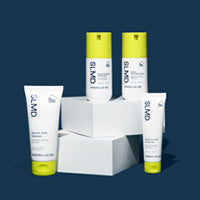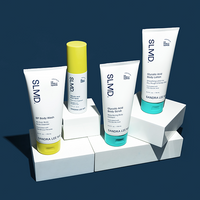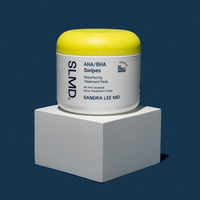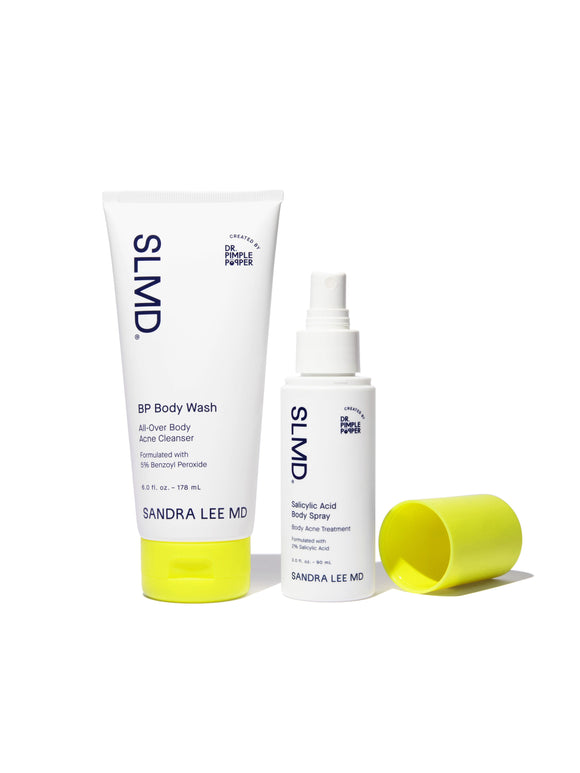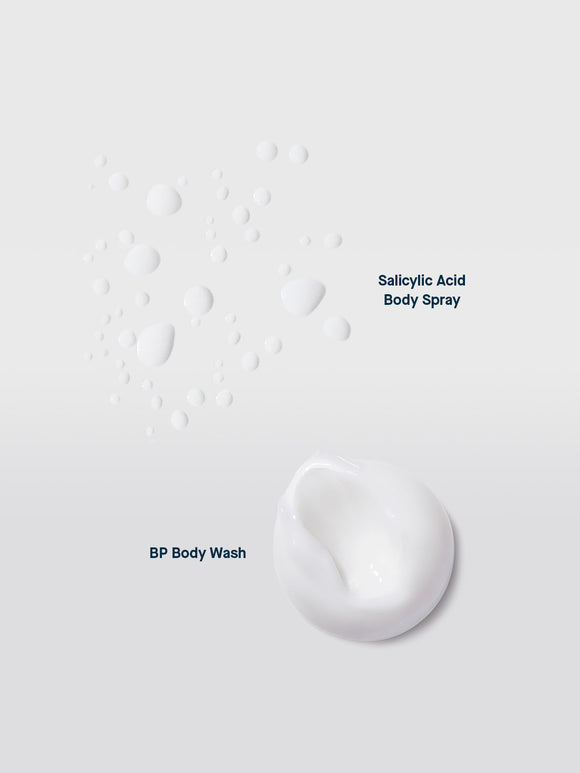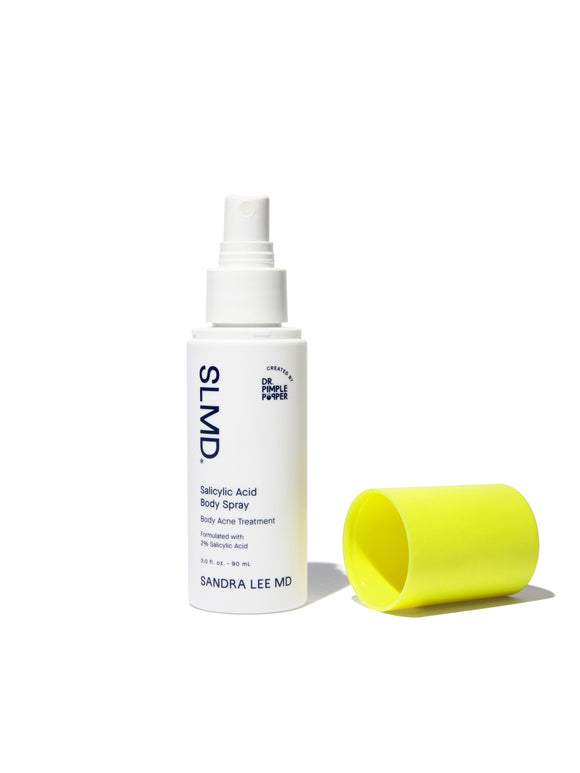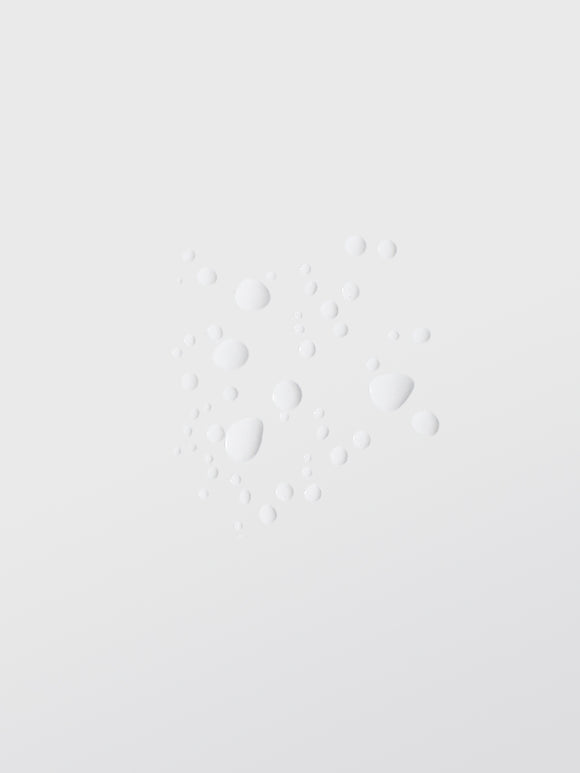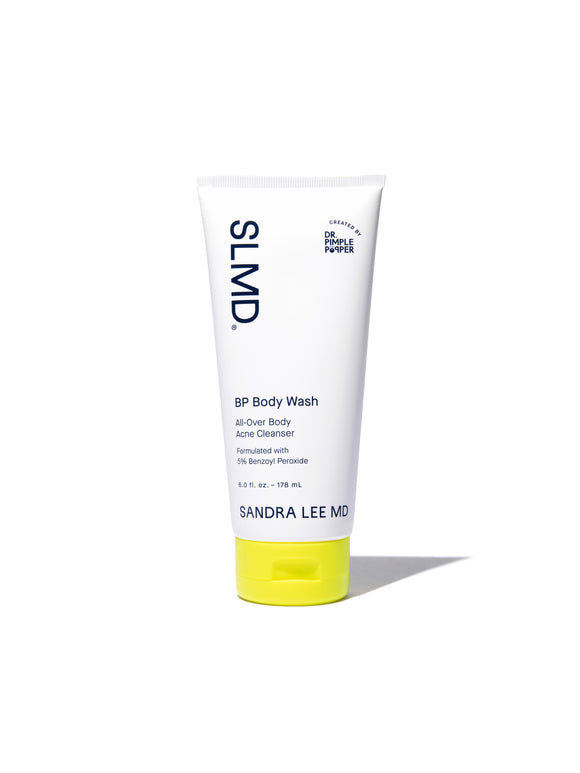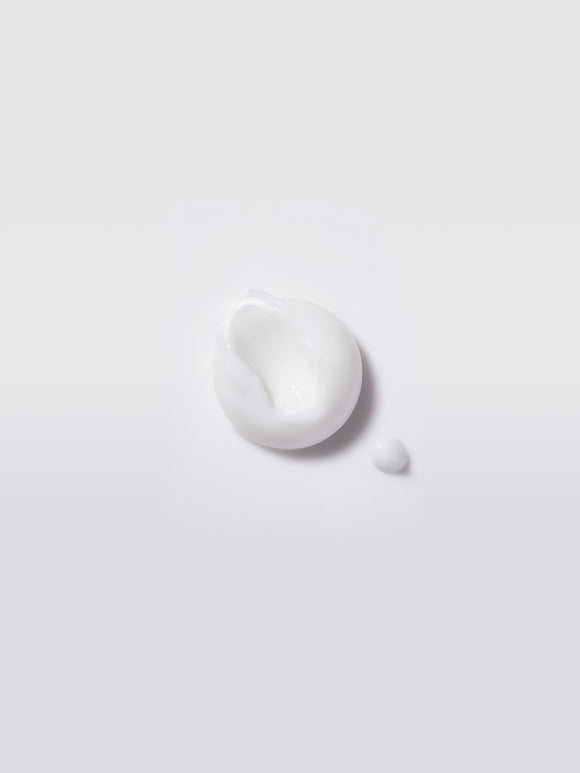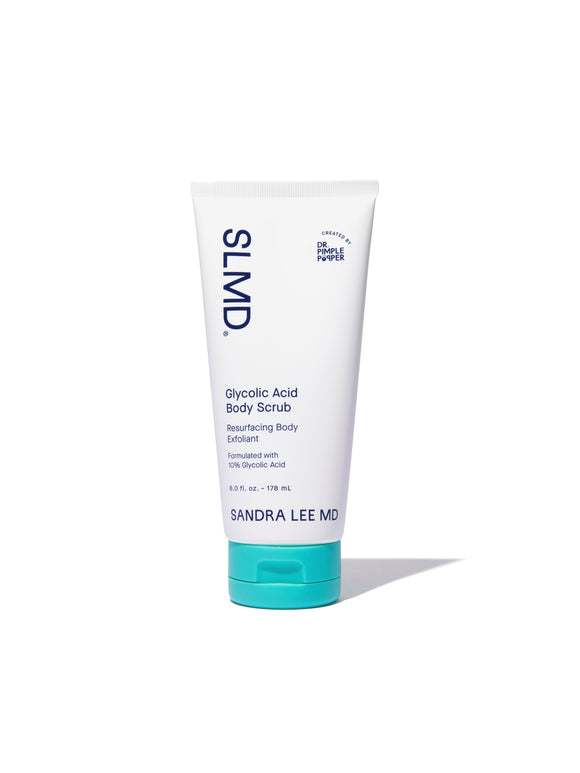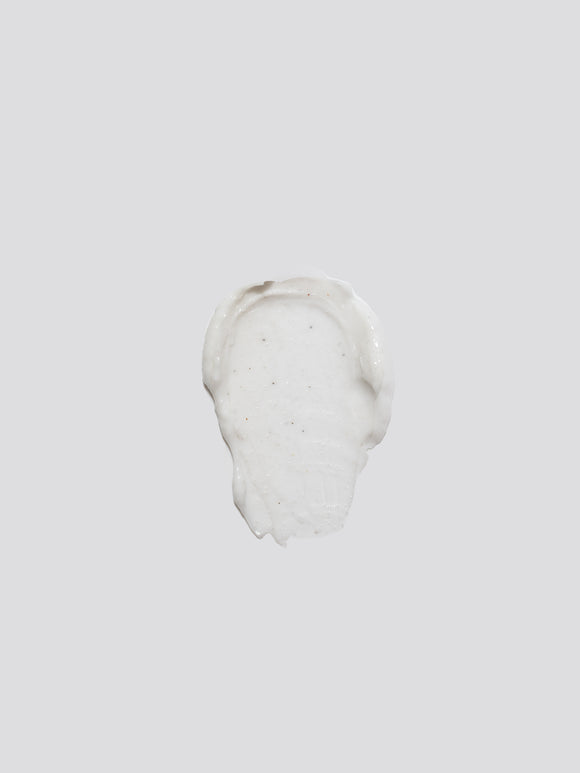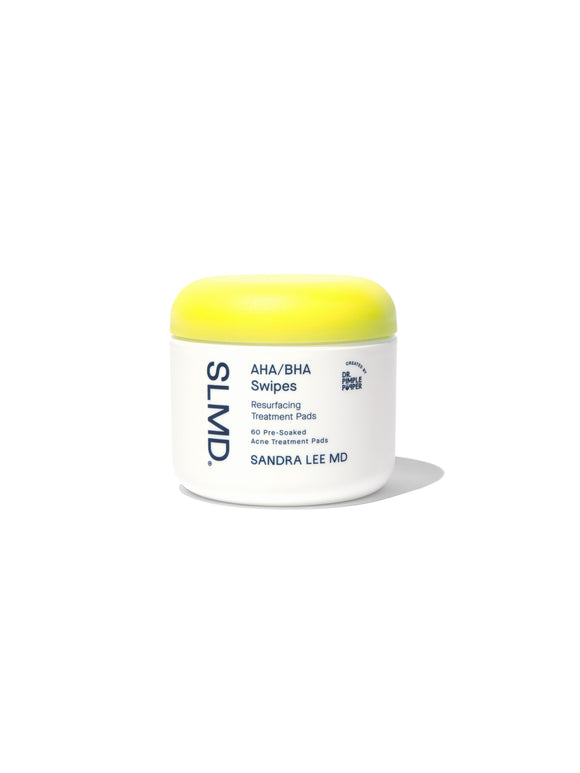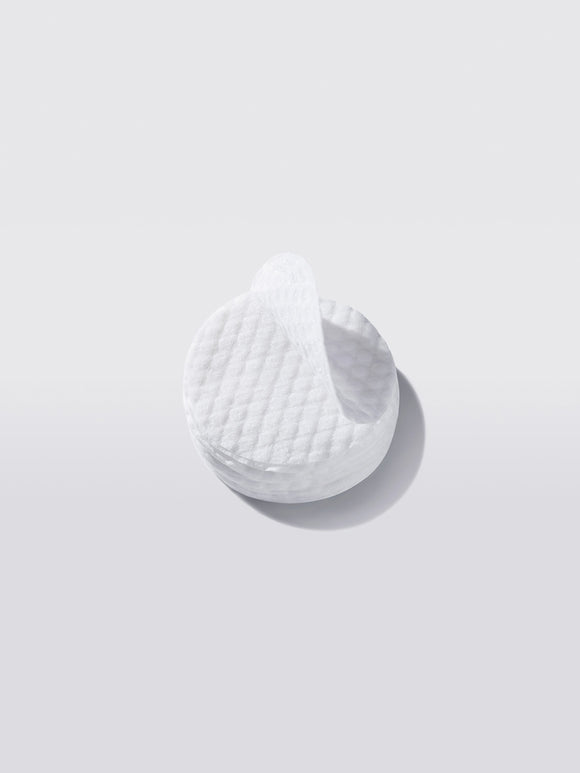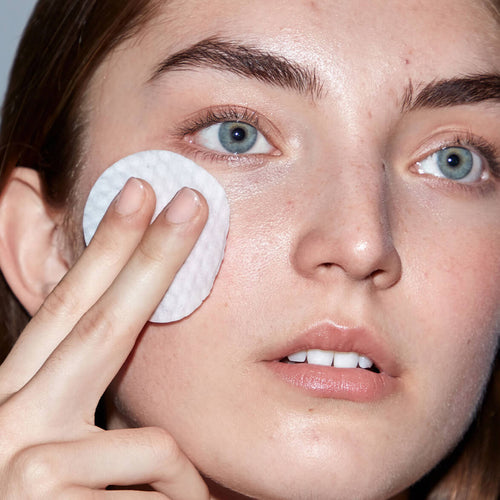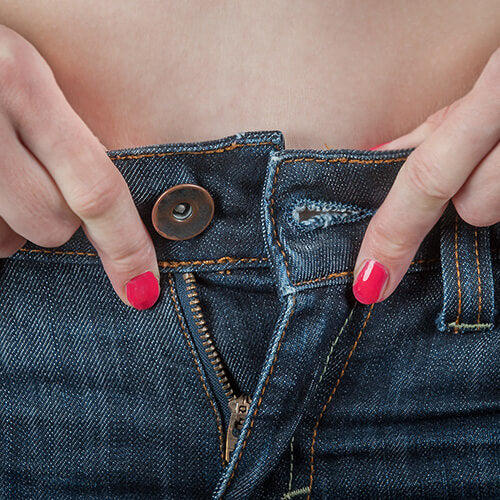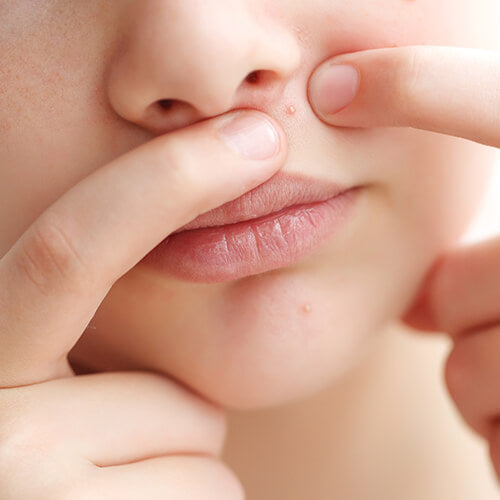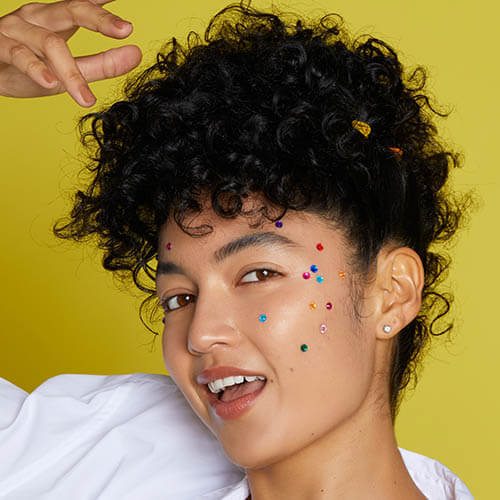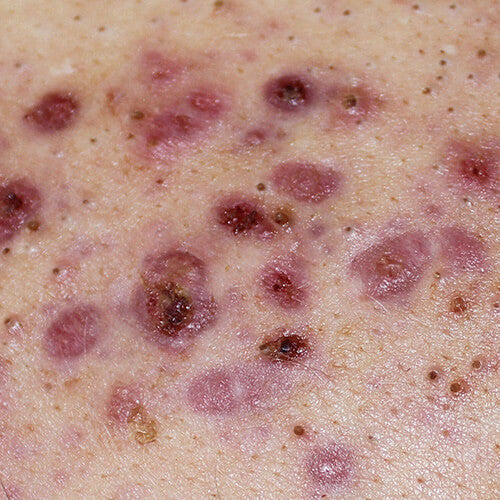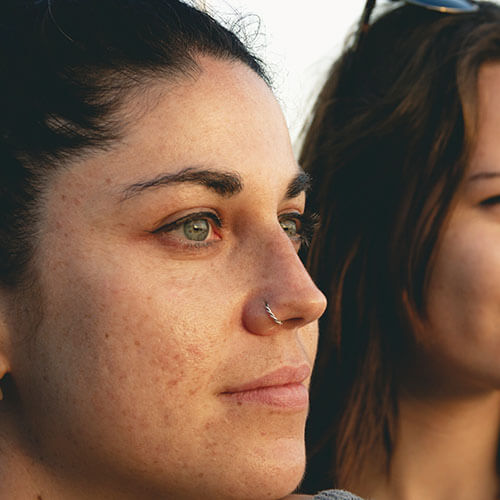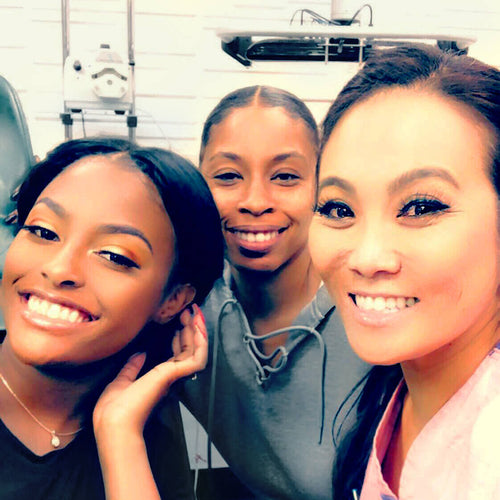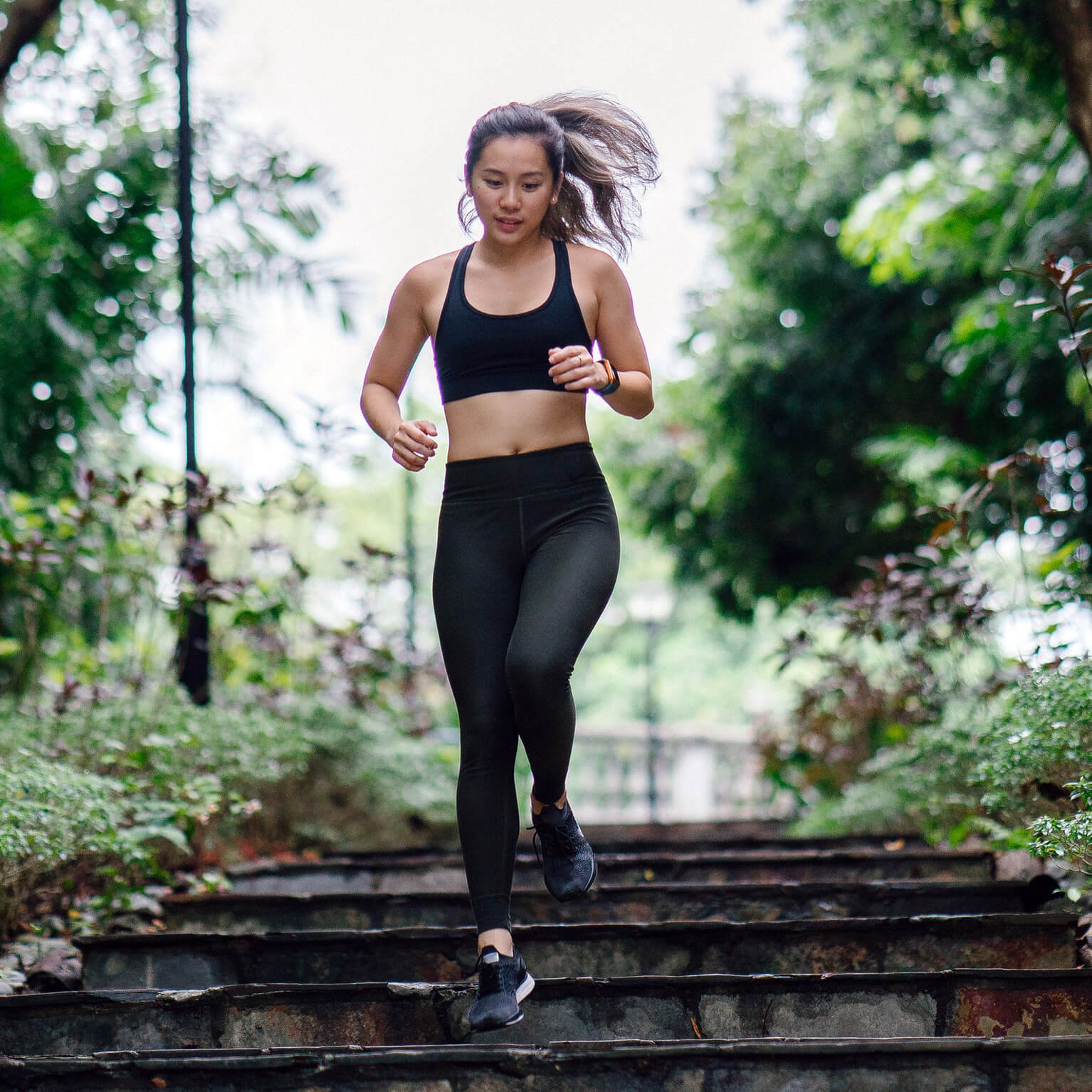
Does Sweating Really Cause Acne? Dr. Pimple Popper Clears It Up
Learn what's behind those post-workout breakouts — and what to do about it.
Published:
4 minute read
You wrap up a workout — or spend time outside on a hot day — and later notice new breakouts. If you have acne-prone skin, you might’ve noticed that sweat and pimples often show up together. But does perspiration actually cause acne? Or is something else going on?
To separate myth from science, we spoke to dermatologist and SLMD Skincare founder Sandra Lee, MD (aka Dr. Pimple Popper) about what sweat really does to your skin — and how to keep it from triggering breakouts.
Article Quick Links
What is sweat, and how does it work?
Your skin has two types of sweat glands, and they serve different purposes:
- Eccrine glands are found all over your body. They release clear, watery sweat through pores directly onto your skin to help cool you down.
- Apocrine glands are concentrated in areas like your underarms and groin. These glands empty into hair follicles and produce a thicker, milky sweat — especially during stress or hormonal shifts.
It’s a common myth that sweat comes from your pores. In reality, eccrine sweat pores and hair follicles are separate — which is key to understanding how sweat interacts with acne.

Can sweat cause acne?
Not directly.
Acne forms inside hair follicles — not sweat ducts — when excess oil, dead skin cells, and C. acnes bacteria become trapped. Eccrine sweat (the kind you produce during workouts) doesn’t flow through these follicles, so it doesn’t cause acne on its own.
However, some skin conditions can look like acne but aren’t — and sweat may play a role in those:
- Fungal acne (folliculitis) is caused by yeast that thrives in warm, moist conditions, like sweaty skin.
- Hidradenitis suppurativa is a chronic condition involving apocrine glands that can lead to painful, cyst-like bumps — but it’s not the same as acne.
Dr. Pimple Popper's Body Acne Solutions
How sweat can make acne worse
While sweat may not cause acne, it can worsen existing breakouts or trigger new ones under the right conditions. Here’s how:
- Friction from clothing, sports gear, or even your own skin can trap sweat and bacteria in your pores.
- Heat and humidity create an ideal environment for bacterial overgrowth.
- Dirty clothing or gear (think: yoga mats, helmets, gym towels) can reintroduce oil and bacteria onto your skin.
This type of breakout is known as acne mechanica, and it’s especially common among athletes and those with active lifestyles.
How to prevent breakouts after sweating
Dr. Lee recommends a few simple habits to help reduce post-sweat breakouts:
- Shower or cleanse your skin as soon as possible after sweating
- Wear clean, breathable clothing made from moisture-wicking fabric
- Disinfect gear that touches your skin — including masks, helmets, and sports pads
- Avoid occlusive products or heavy makeup while sweating
Dr. Pimple Popper tip: “The problem isn’t sweat itself — it’s what happens when sweat, bacteria, and friction mix on your skin. That combination can trigger inflammation, especially if you’re acne-prone.”
For body breakouts, Dr. Lee recommends adding targeted acne treatments that address clogged pores and bacteria:
- SLMD Salicylic Acid Body Spray exfoliates and clears away buildup on hard-to-reach areas
- SLMD BP Body Wash kills acne-causing bacteria and reduces inflammation
Together, they form the dermatologist-developed, award-winning Body Acne System — designed to treat and prevent breakouts triggered by sweat, heat, and friction.
When to see a dermatologist for sweat-related acne
If your breakouts:
- Persist despite good hygiene and topical treatments
- Appear suddenly after working out
- Are painful, cystic, or leave scarring
- Include clusters or rashes in areas like the groin, armpits, or back
…it may be time to see a dermatologist. You could be dealing with a condition like hidradenitis suppurativa or folliculitis, which can look like acne but often require medical intervention.
FAQs about sweat and acne
Q: Can working out cause acne?
A: Not directly. It’s the buildup of sweat, bacteria, and friction — especially if left on the skin — that can worsen breakouts.
Q: Is fungal acne the same as regular acne?
A: No. Fungal acne is a yeast infection in the hair follicles that can look like acne but responds to different treatments.
Q: What is acne mechanica?
A: It’s a form of acne caused by friction, heat, and pressure — often from sports gear, masks, or tight clothing.
Q: Is it bad to sweat if you have acne?
A: Sweating itself is healthy. The key is to cleanse your skin afterward to prevent buildup.
Q: Can sweat be good for your skin?
A: Yes — it helps regulate temperature and may even carry antimicrobial peptides. But letting sweat sit on your skin too long can disrupt your microbiome.

Dr. Lee's Last Word
Sweat isn’t the enemy — but if you’re acne-prone, how you manage sweat really matters. Keep your skin clean, avoid friction, and use the right ingredients consistently.
